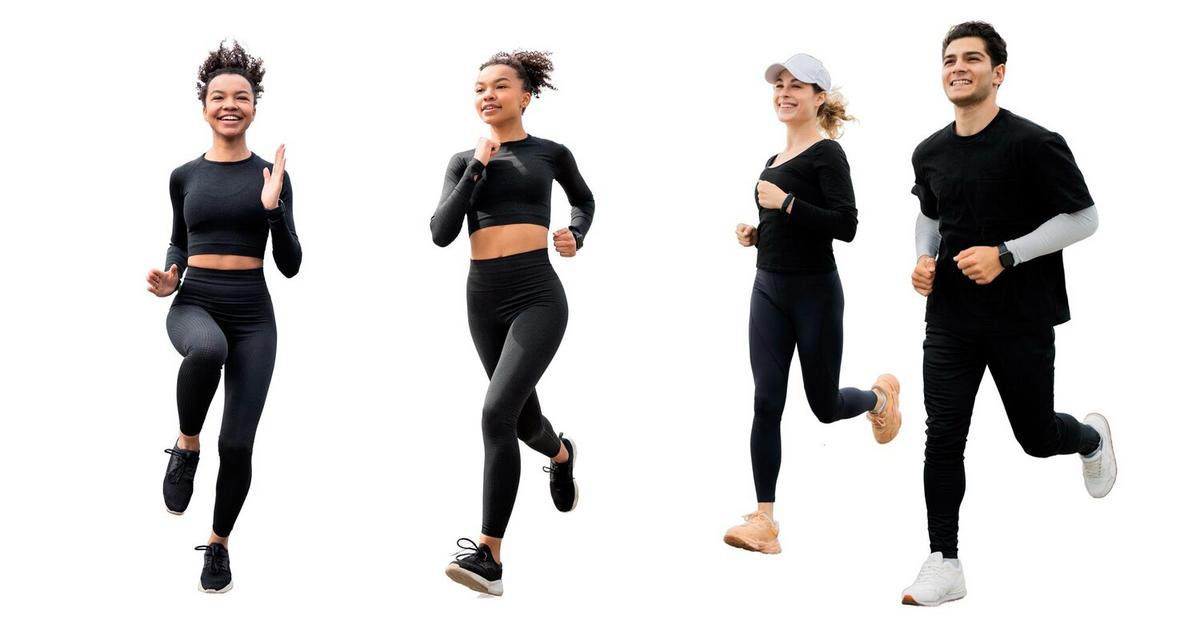Understanding the Biomechanics of Running
Running, a natural form of movement, is more than just placing one foot in front of the other. It involves a complex interplay of muscles, joints, and tendons working in harmony. Understanding the biomechanics of running not only enhances performance but also helps in reducing the risk of injury, making it a topic of great interest in sports science.

Running, a natural form of movement, is more than just placing one foot in front of the other. It involves a complex interplay of muscles, joints, and tendons working in harmony. Understanding the biomechanics of running not only enhances performance but also helps in reducing the risk of injury, making it a topic of great interest in sports science.
The Science Behind Running
Running biomechanics is the study of movement mechanics in the human body. It focuses on how muscles, bones, tendons, and ligaments work together to produce motion. Dr. Irene Davis, a leading researcher in the field, states, ‘Understanding biomechanics is crucial to improving running efficiency and preventing injuries.’
Key Components of Running Mechanics
- Stride Length: The distance covered in one step. Optimal stride length varies for each individual, but generally, a shorter stride reduces injury risk.
- Cadence: The number of steps taken per minute. A higher cadence is often associated with lower impact forces.
- Foot Strike: The part of the foot that first contacts the ground. Different strike patterns can influence running efficiency and injury risk.
Research Insights
Studies show that increasing your cadence by 5-10% can lead to a significant reduction in knee and hip loading. This is particularly beneficial for runners prone to joint injuries. Additionally, research from the Journal of Sports Sciences indicates that forefoot and midfoot strike patterns may help in reducing the likelihood of certain injuries compared to heel striking.
Personal Experiences
Take the story of Mark, a recreational runner who struggled with recurring knee pain. By adjusting his running form through biomechanical analysis, he was able to significantly reduce his pain and improve his race times.
Actionable Tips for Runners
- Invest in a gait analysis to understand your unique biomechanics.
- Gradually incorporate strength training to build supportive muscle groups.
- Focus on maintaining a high cadence to reduce ground impact.
Consider video recording your running sessions. Analyzing your form can highlight areas of improvement you might not notice otherwise.
Additional Resources
For more on running biomechanics, visit resources like the Runner’s World website or explore detailed articles on Verywell Fit.
| Aspect | Description |
|---|---|
| Stride Length | Distance covered per step |
| Cadence | Steps per minute |
| Foot Strike | Initial foot contact point |
| Joint Loading | Impact on knees and hips |
| Injury Prevention | Strategies to reduce risk |
| Gait Analysis | Assessment of running form |
| Strength Training | Building supportive muscles |
| Video Analysis | Reviewing running form |
Frequently Asked Questions
How does stride length affect running?
Stride length can impact both speed and injury risk. A longer stride may increase speed but also the risk of injury.
What is the ideal cadence for running?
While it varies by individual, a cadence of 170-180 steps per minute is generally recommended.
Can changing foot strike pattern reduce injuries?
Yes, some runners find that altering their foot strike pattern can help decrease injury prevalence.
Conclusion
Understanding and optimizing the biomechanics of running can lead to improved performance and reduced injury risk. By focusing on key aspects such as stride length, cadence, and foot strike, runners can enhance their efficiency and safety. Incorporating expert insights and personal experiences, this guide aims to provide a comprehensive overview of running biomechanics. Embrace these insights and take steps towards a more informed and injury-free running experience.